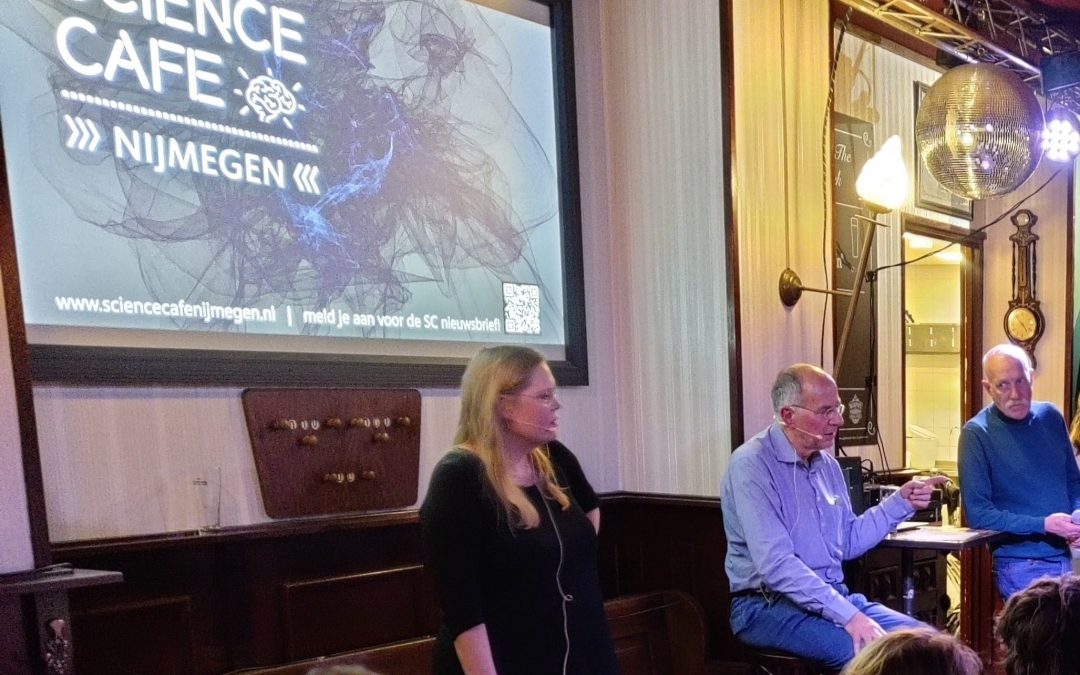Introducing Prof Judith Homberg

What is your role and the role of your institution/group within the CANDY project?
I am leader of work package 2 of the CANDY consortium which is about the establishment of a translational behavioural test battery for mice modeling a genetic neurodevelopmental disorder.
What is your long-term vision for CANDY? What is special about the CANDY project?
CANDY offers a framework to link animal and human data. While humans are the best model for themselves, animal models allow more detailed investigation of mechanisms by controlling genetic and environmental factors and allowing invasive brain studies. By testing mice and preschoolers with a developmental delay in a comparable behavioural test battery, we not only advance the mechanistic understanding of the developmental changes in the preschoolers, but also enrich science with the availability of a validated translational test battery.
What are the key-findings of your group gained within the CANDY project so far?
We have found so far that mice with a genetic mutation, modeling the so-called Phelan McDermid Syndrome, exhibits changes in glutamate system components in synapses in the brain (the hippocampus and prefrontal cortex) in males but not females. The male but not female mice also show during adolescence and adulthood changes in blood plasma cytokines levels, suggesting that inflammation plays a role in the altered development of the mice. Currently the mice are being tested in the behavioural test battery followed by magnetic resonance imaging in order to link behavioural changes to changes in brain connectivity
Your reading suggestion?
In this review consortium members set out the different models that are existing to study synaptopathies. Synaptopathies are maladaptive changes in the functioning of synapses caused by genetic factors linked to developmental disorders like the Phelan McDermid syndrome. The readouts of the different models are compared, and similarities and dissimilarities are being discussed. This paper provides insight into the translational potential of models in the context of developmental disorders



